InterSTEM Blog
Informative articles on various STEM topics and research are published weekly.
Disclaimer: The views expressed in the article belong solely to the author and do not reflect the political stance or ideology of InterSTEM as an organization.
Join our writing teamClimate TRACE, a novel artificial intelligence technology, is the key to not only track but solve climate change down to the individual power plants.

A study done by the University of Sydney in partnership with the NCIR shows that with proper distancing and safety measures, the rates of COVID-19 transmission from student to student and student to teacher are lower than other respiratory infections.

Our large home, The Milky Way, is not as alone as we may think. The Andromeda galaxy and its halo-like appearance create a jaw-dropping scenery, and NASA’s Hubble telescope has given us the colorful scenery scientists study today.
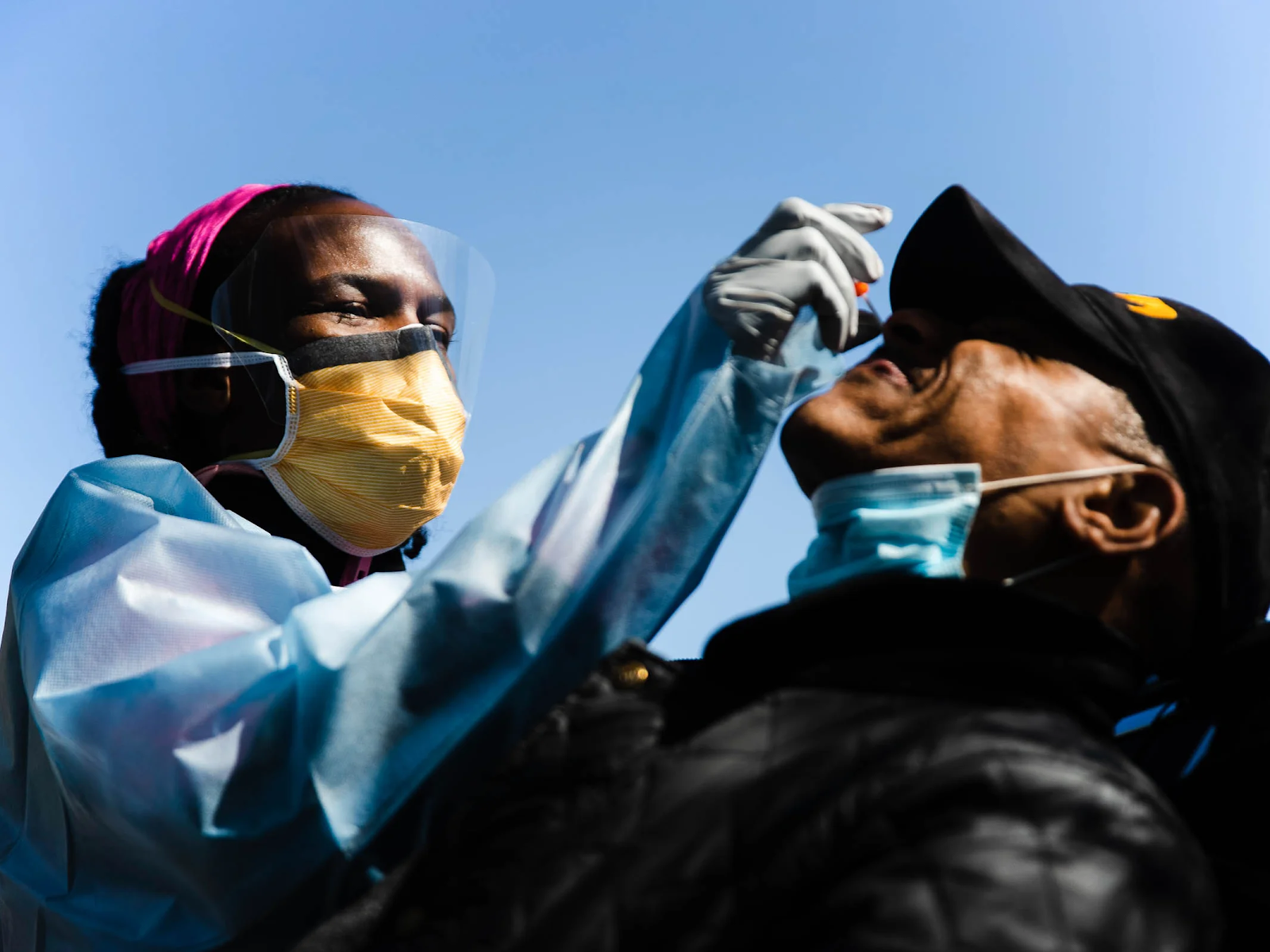
African Americans are getting hit harder by COVID-19 in comparison to other ethnic groups financially, economically, and socially.
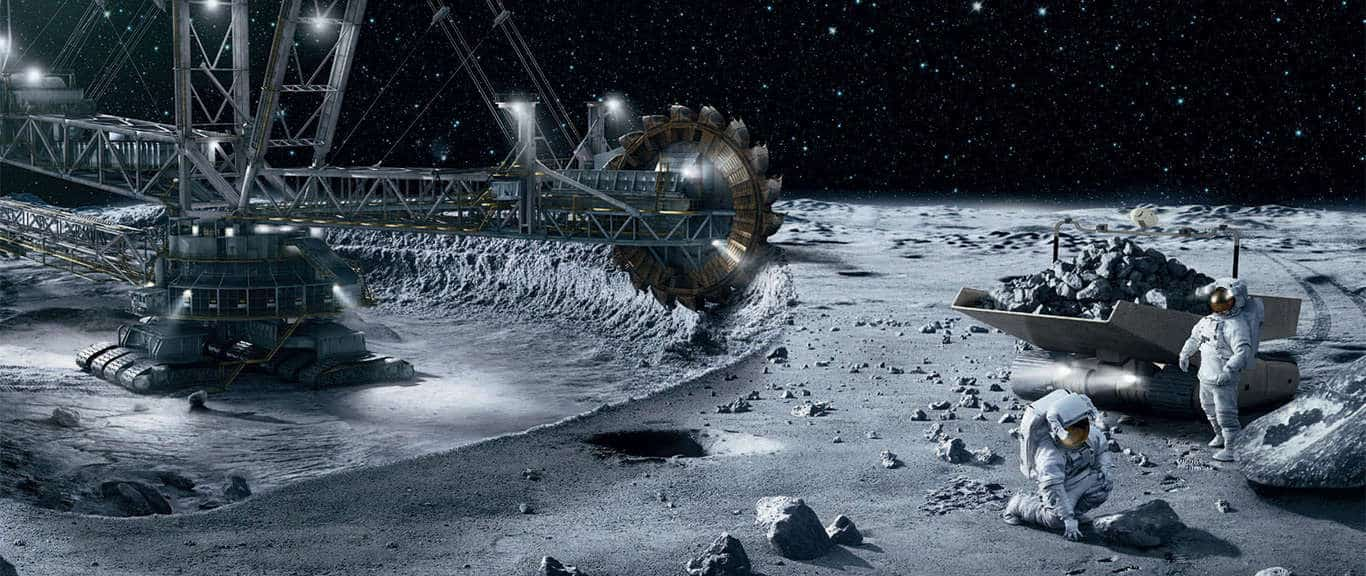
Current mining operations are destructive. Enter space mining. How can we extract materials from asteroids and bring them back to Earth? How will it be an improvement of current mining exploits?

With advancements in surgery come increased complications and risks. Implementing augmented and virtual reality technologies reduces human error and enables medical students to receive ample training before they reach the operating table.
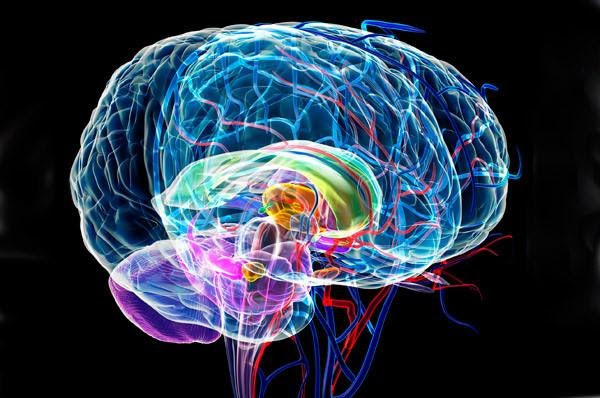
The human brain is designed to seek absolute harmony, and each of its neurons has a rhythm. This is evident in activities such as dance and music.
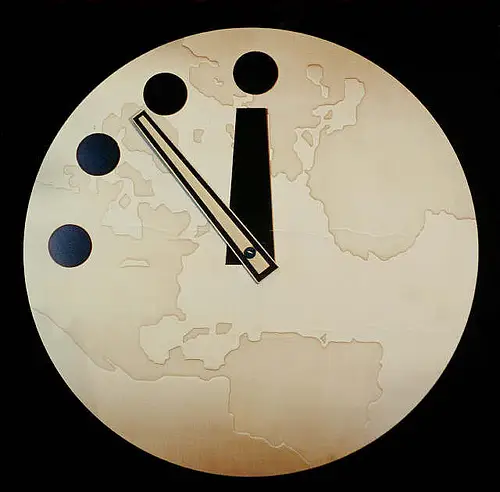
The Doomsday clock was created in 1947 as a way to indicate our effect on the world. Scientists wanted to show how far we were to ultimate human extinction at the dawn of nuclear warfare and it has been updated ever since.

The spread of pseudoscience and false information in our current pandemic needs to be taken seriously. The scale of the crisis calls for immediate action in ensuring people follow health guidelines and take the advice of medical professionals.
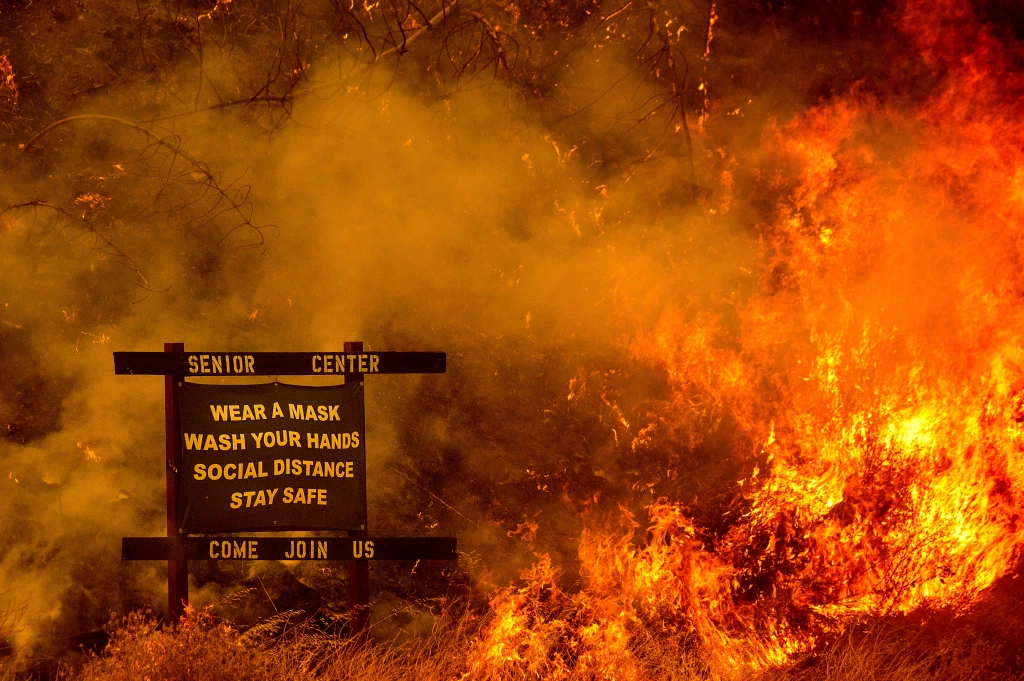
Why are California’s wildfires often so destructive? Here are three reasons.